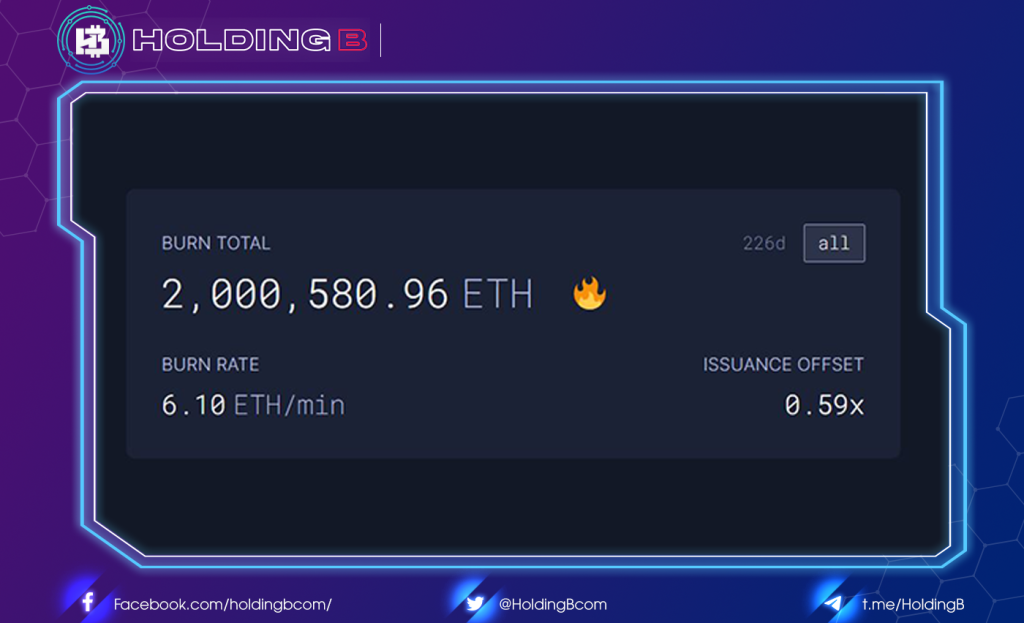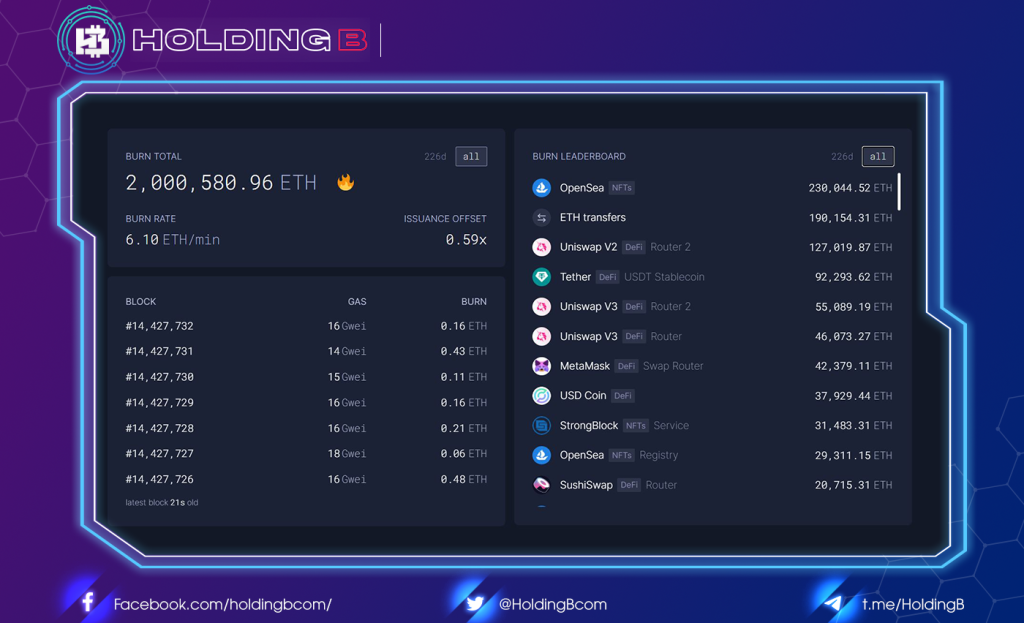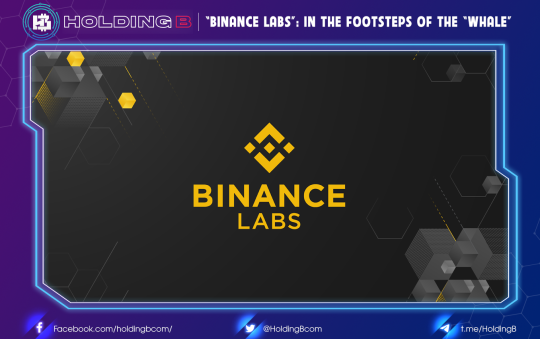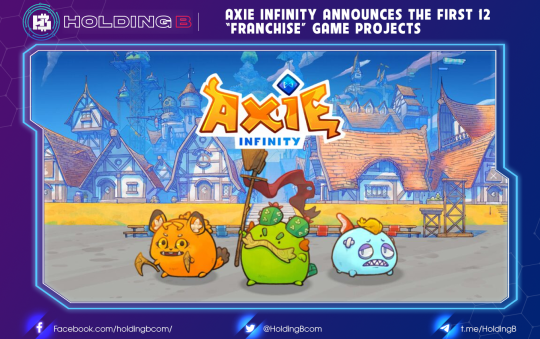The Ethereum network burned two million ETH through the EIP-1559 coin burning mechanism. Ethereum’s burning mechanism is a matter of concern, as ETH is the second largest network in the Crypto market, after they launched the EIP-1559 transaction fee burning mechanism last August.

According to the recently updated data spec, the network has destroyed more than two million Ethereum since its inception, which marks a major milestone for ETH. Specifically, that amount is equivalent to more than 6 billion USD. That is the result of EIP-1559 – a new mechanism implemented by ETH during the hard fork in London. Previously, Ethereum hit 1 million ETH burned thanks to this mechanism on 24/11/2021, so we can say that Ethereum needs about 110 days or 4 months to burn 1 million ETH.
This particular “Ethereum Improvement Proposal” restructured the network’s fee structure. Instead of all the fees paid to perform various operations on Ethereum going to miners, EIP-1559 essentially splits these fees into base fees and tips (the rest will be passed to the miners). It is the burned base fee, in other words that the token is destroyed and removed from circulation.
However, in the past few months, activity on the Ethereum network has shown signs of “cooling down” as the cryptocurrency market in general turned, causing ETH gas fees to drop to a half-year low. This is the reason why EIP-1559 takes a few more days to burn 1 million more ETH from transaction fees compared to the last time.
To put it simply, EIP-1559 will set an average fee called base fee that applies to the entire network instead of letting users set the fee they want, which has resulted in gas status. easily pushed up. However, users can still pay an additional priority fee (priority fee) which can help the transaction go through faster, but it will not cause the base fee to increase accordingly. The entire base fee will then be burned, creating deflationary pressure on the token price.
After 226 days of implementation, the largest contributors to the amount of ETH burned thanks to EIP-1559 are the popular NFT and DeFi protocols on Ethereum, such as the NFT OpenSea exchange, the Uniswap and SushiSwap DEX platforms, the wallet. MetaMask, along with stable coin transfers Tether (USDT) and USD Coin (USDC).

“GRADE CONSENT” – ETHEREUM
Ethereum 2.0 is moving toward its most comprehensive upgrade yet, specifically it will improve the network’s transaction speed, reduce costs, and solve Ethereum’s carbon or energy footprint, according to Lubin.
The upgrade will move Ethereum away from proof-of-work (PoW) consensus, something Bitcoin also once used to validate transactions, to a different model known as proof-of-stake (PoS). The second mechanism is more environmentally friendly because it does not require a lot of computation to achieve the same level of security.
Another interesting thing about the move to proof of stake is that proof of work requires issuing a lot of ether to incentivize these people to have heavy infrastructure. So if you have a very light infrastructure, then you can issue much less ether for each block built. Less issuance means less Ethereum will be distributed to the market.
Through this mechanism and combined with the currently active write mechanism, Ethereum will burn more ether per day than is released, because much less ether will be released to secure the network.
It is expected that all the mechanism changes and upgrades will be released around the middle of this year as announced by the Ethereum co-founder.
See ya in the next article !
Don’t forget to follow useful articles about Crypto Market from team Holding B !!!
- Telegram Channel: https://t.me/HoldingBcom
- Telegram Group: https://t.me/HoldingB
- Website: https://holdingb.com/
- Twitter: https://twitter.com/HoldingBcom
- Facebook: https://www.facebook.com/holdingbcom





